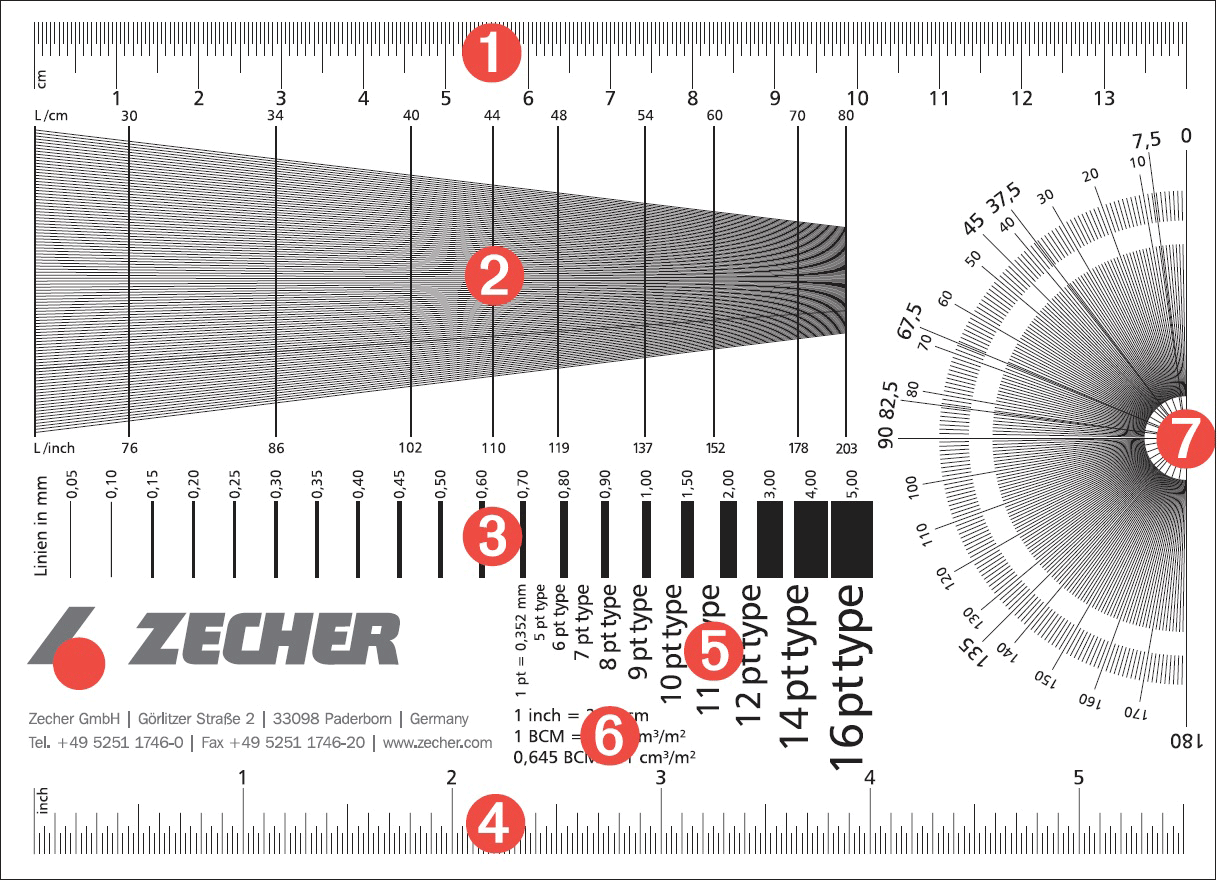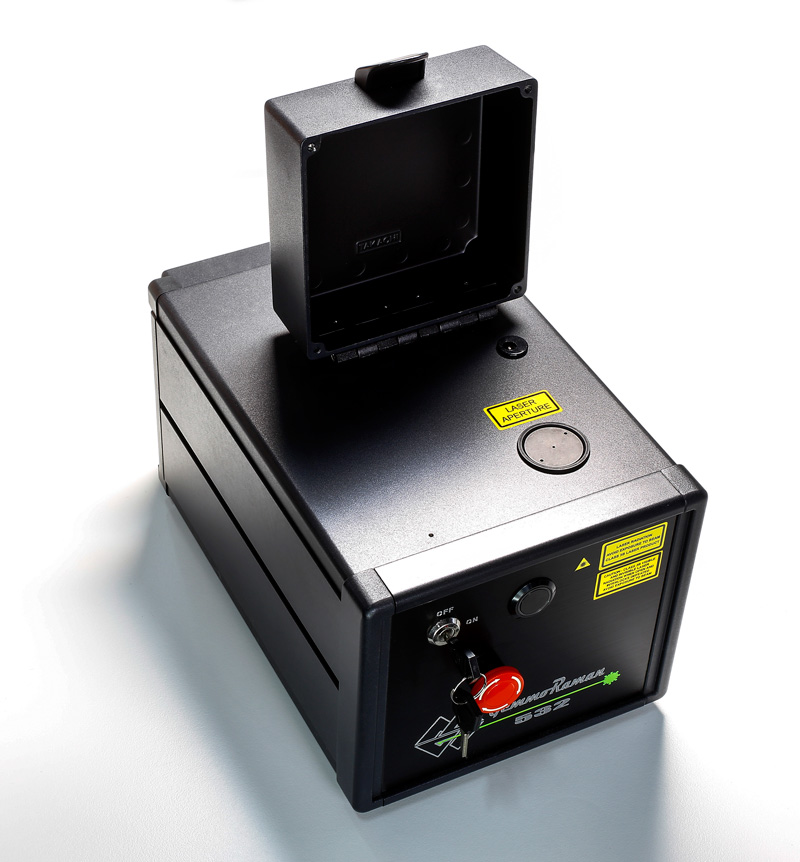

- #CALIBRATE LASER IN SILHOUETTE STUDIO FOR MAC SOFTWARE#
- #CALIBRATE LASER IN SILHOUETTE STUDIO FOR MAC PROFESSIONAL#
#CALIBRATE LASER IN SILHOUETTE STUDIO FOR MAC SOFTWARE#
MarvelousDesigner is a software allowing to create 3D virtual clothing. This design tool is helping designers to work quickly and easily thanks to virtual clothes samples.Ĭheck the video below to get an overview of what it is possible to do with Tuka3D: This 3D software is really made to do virtual prototyping, allowing you to make many trials just for one product. You can create virtual fitting session with an animated model who can move, dance, run, etc. This amazing software allows you to scan your fit model, and to adjust it with the diverse options of measurements available. Tuka3D is an easy to use 3D fashion design software develop by Tukatech. Using CAD in fashion allows to save time and money ”, says Jean-Marc Pedeboy Indeed, it is becoming essential to digitise drawings in the fashion industry, but the process is long and expensive. “ 3D modeling is now really interesting for designers.

#CALIBRATE LASER IN SILHOUETTE STUDIO FOR MAC PROFESSIONAL#
Anyway, 3D is becoming really interesting for professional fashion designers. These fashion design CAD software are also convenient to create perfect patterns or to show models to the customers. These 3D software are allowing to do some rendering and visualisation, that is precisely why it is interesting for these kind of aspects of the fashion industry. Even without using additive manufacturing, designers now have to work on 3D software. 3D modeling for the fashion industryĬAD fashion design software are not specially made for 3D printing. If your are interested in 3D printing jewelry, check out our top of the best 3D modeling software for jewelry.

3D printed jewelry is becoming quite interesting thanks to metal 3D printing, it is now really accurate, with a good quality and various finishing allowing to get really good looking rings, bracelets or pendants. You can find 3D printed shoes, accessories and jewelry. ”ģD printed creations for the fashion business are not only clothes. Moreover, brands have to create new collections faster nowadays, and it is impossible to go through this with traditional prototyping methods. Jean-Marc Pedeboy, CEO of Stratégies, a company developing CAD software for the footwear industry, explained to Sculpteo that: “ Using CAD software and 3D printing allows to reduce by 10 the price of a prototype. It is an accurate technique that will give life to the 3D design that you’ve created with our 3D modeling software. You will be able to create high quality prototypes thanks to digital manufacturing. Designing patterns is an important process in fashion, and these software will seriously ease your design process. Moreover, this technique allows you to create many iterations of your projects quite faster and cheaper than with traditional methods. The 3D printing technology allows to make new experiments, to try new manufacturing methods, new materials, and also to produce clothes with intricate geometries without wondering how it will be possible to create that. Additive manufacturing appears to be a good solution to create the complex designs of clothes that we can see during fashion shows. Are there any plans to make more layers available? Only one layer would be turned on at a time so it’s hard to imagine that it would take many more resources than burning a greyscale image.Why should you use 3D printing for your fashion projects?ģD printing is well used in the fashion industry. I may well have to end up creating separate test patterns for each range but having a single file that includes all the options makes the process a lot more streamlined. Problem is that the central stacked test grid uses 10 layers for each setting and with 4 layers used on the 4 corners I’m almost out of layers immediately. Based on the results of that initial test you would then select one of the secondary layers that best matches those results. I have a design for a test grid that has 4 corner areas that run as an initial test to help narrow down the range that works best with the subject material. I’m pretty new to the whole laser thing and trying to get my head around calibrating my laser without burning through a ton of materials but running into an issue based on the limited number of layers available.


 0 kommentar(er)
0 kommentar(er)
